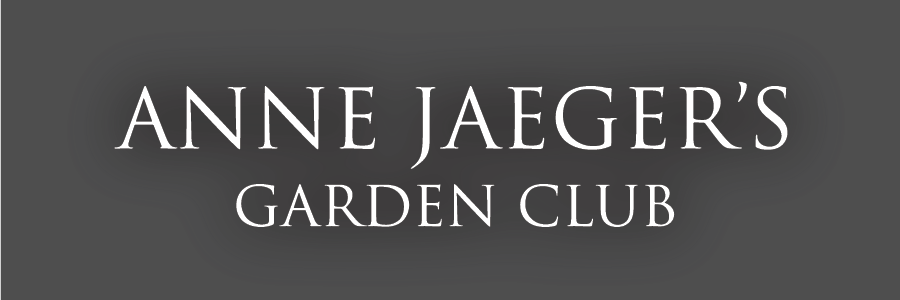Railroad Gardens
Anne Jaeger
The historic Colorado and Southern Railroad is making daily stops in Bill Derville’s backyard garden in Beaverton these days. Okay, the real (full size) mining railroad runs through Leadville, south of Vail, Colorado but you can hop on board a special hometown tiny replica here this weekend.
A railroad garden combines a passion for gardening with miniature trains. Nationwide, membership in miniature railroad clubs has doubled in the last four years, but not around here. When participation in the Rose City Garden Society started dwindling several years ago, the club decided to open up their gardens in the hopes of getting new people involved. Shucks, most of us don’t get a chance to get up close and personal with a railroad garden because, let’s face it, most of them are behind locked fences. This Saturday, 10 railroad gardens are on display from Vancouver to Hillsboro. The entire family can see all the gardens for $10.
The whole thing might make you wonder “Hey, how’d they do that?” Well, the very same plants used for bonsai, rock and trough gardens (plants in a cement container) work perfectly in railroad gardens. Everything is scaled down 24 to 1, to make it look convincing. The trick is finding the right sized plants and rocks to make it work.
That’s why Derville is always scouting for new plants “The garden changes all the time. It has to be there make the train look realistic.” Derville loves the trains, his wife loves the garden. He has a complicated labyrinth of 450 feet of train track, 5 engines and some 60 boxcars that travel clickity-clack over trestles and snake through three tunnels. In this “rail-scape” tiny groundcovers look like forests. Derville uses hardy lobelia, wooly thyme and miniature diathus and then brightens things up with pansies and other annuals for quick summer color around the edges.
Luckily, more dwarf and miniature trees are on the market than ever before. Which is perfect for railroad gardens, bonsai and rock gardens. Since it takes a decade to grow a tree big enough to see (let alone sell) experts can spend a life time growing a large enough quanity. By the way, just so we can speak the language of the little people, a miniature conifer is one inch tall. A dwarf conifer is just a smidge bigger, anywhere from one to six inches tall. They come with adorable names that women love and burley railroad guys hate, such as Elfin, Golden Fairy and Lilliput.
Larry Stanley’s company in Boring, Oregon is one of the best known wholesale suppliers in the Northwest. Stanley says “I’ve got so many cuties, dwarf and miniature trees nobodies even seen before.” In Stanley’s little world, you can barely see the growth. Take for instance, the miniaturized Japanese Hinoki Cypress “Golden Hage” with it amazing golden yellow leaves. The tree took10 years to grow 10 inches tall by 10 inches wide. Or how about a Port-Orford-cedar (normally a huge forest tree) bred to grow one inch a year called “Green Globe” or a holly tree with leaves a quarter inch long called “Dwarf Pagota?” Cute as a button yes, but in the world of little trees you can’t tell how old they are by their size.(See insert for more new tiny conifers available now.)
If you’ve never been able to talk your kids into tagging along on a single garden tour yet, this is one they’ll really enjoy. So, blow off some steam, take the kids and watch their faces as the tiny train goes around the track. Whistle stop gardens are fun for the whole family.
Try Tiny Trees:
Miniature (1 inch tall)
Port Orford Cedar (Cham lawsoniana):
“Treasure Island”
“Green Globe”
Japanese Hinoki Cypress (Cham obtusa):
“Golden Hage” “Hage” “Sarah Verkade” “Leperchaun”
Dwarf (1 to 6 inches tall)
White Cedar (Cham thyoides)
“Top Point”
Japanese Holly (Ilex)
“Dwarf Pagota”


